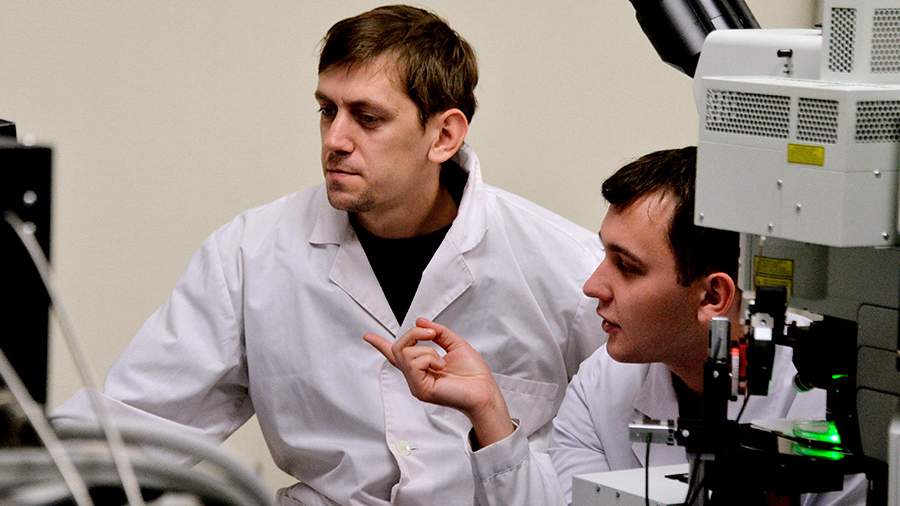Scientists have developed a unique cellular model of the placenta

Russian scientists have created a more perfect cell model of the placenta, which better matches the natural structure of the organ than existing analogs. The development is intended to search for new methods of treating complications and creating medicines. Clinical trials involving real patients pose a serious problem, as they contradict medical ethics, experts said.
Experts from the Peoples' Friendship University of Russia named after Patrice Lumumba worked on the development of a realistic model of "placenta on a chip" together with colleagues from the National Research Center of Obstetrics, Gynecology and Perinatology named after V.I. Kulakov, National Research University Higher School of Economics and Skoltech. The doctors placed between the traditional for such systems cell layers with layers of macrophages, which play an important role during pregnancy and are responsible for ensuring that the fetus is not rejected by the mother's body. The invention could markedly simplify and speed up this process, they believe.
"Macrophages are also part of the placenta, a very important part that, according to our data, even determines some pathologies. But macrophages are not in existing models. In reality, the placenta villus has several layers - there is the syncytiotrophoblast that covers it, and inside there are endothelial cells. In the middle between them is the stroma, and in it are macrophages. Before us, no one has ever discussed and used this cellular component, although it is necessary", - said Associate Professor of the Department of Histology, Cytology and Embryology, PFUR Medical Institute Polina Vishnyakova.
As the researcher explained, macrophages are localized everywhere in the body. These are cells of innate immunity, which are present in any organ. They are responsible for phagocytosis - absorption of pathogenic substances and bacteria. Macrophages eat dead, virus-infected and can eat tumor cells. In the placenta, they have a crucial function - to maintain a normal immune tolerance so that the baby is not rejected by the mother's body.
"Our development can be used to model and find ways to treat major obstetric syndromes, such as pre-eclampsia. This is a very serious condition that affects up to 7% of all pregnancies. It manifests as high blood pressure and protein in the mother's urine after the 20th week of pregnancy. The patient can actually die if she is not delivered, such as by cesarean section. When the placenta is removed, the woman immediately feels better and all symptoms go away," Vishnyakova said.
Read more in the exclusive material "Izvestia":
Placental system: realistic model will help treat pathologies of pregnant women
Переведено сервисом «Яндекс Переводчик»
